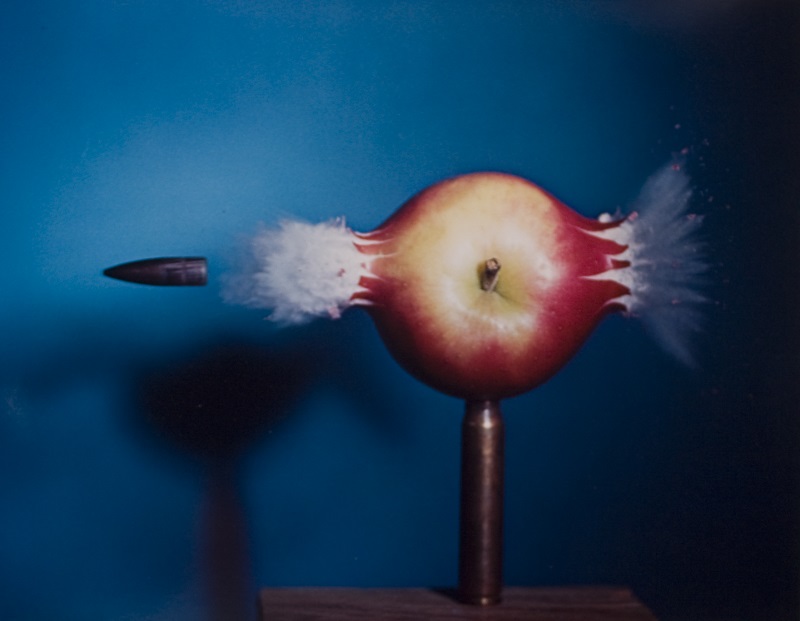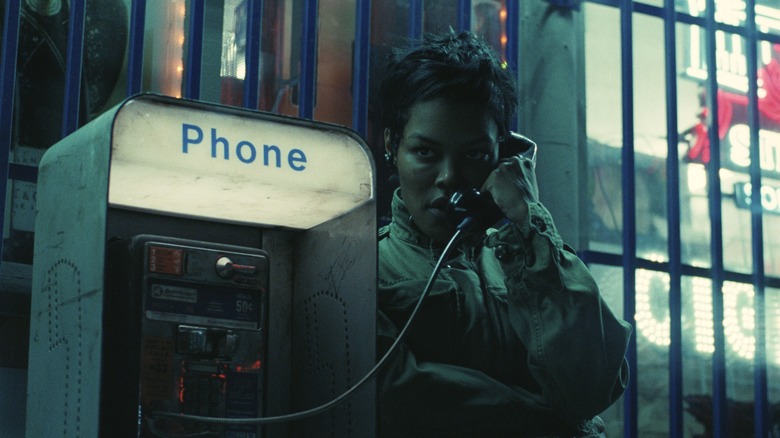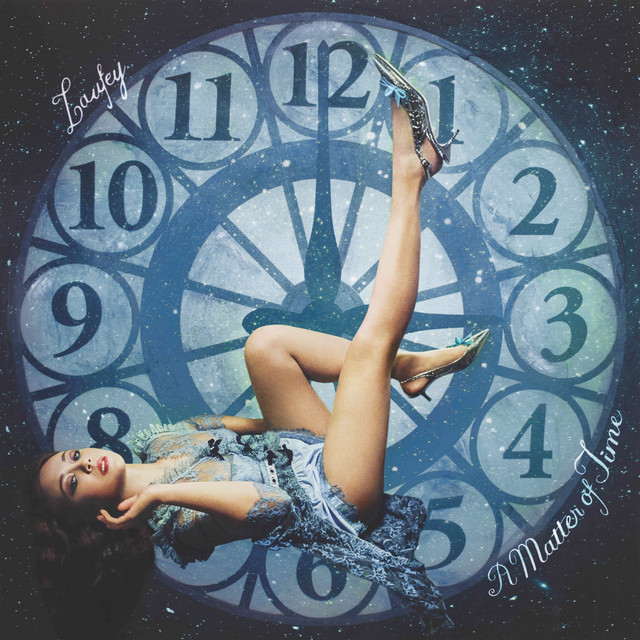The Museum of Photographic Arts’ virtual exhibition, “Illusion: The Magic of Motion” explores the evolution of photography in conjunction with historic, scientific, and societal developments.
Much of the way we want ourselves to be perceived is translated through our routine actions — be it through our carefully curated social media presence, the way we dress, or the influences we choose to adopt and welcome into our lives. Today, the notion of individuality and personal sense of self has been recorded through the use of technological mediums — we are able to track our evolution through photographic records such as photo archives on our old devices or forgotten albums on Pinterest. However, the actual integration of photography and videography into societal activities came as a progression of events. “Illusion: The Magic of Motion” is the Museum of Photographic Arts’ virtual exhibition which mulls over the development of photography through a series of early photos, illustrating the motions of both the mundane and significant aspects of life.

The earliest work in the Illusion exhibition is Eadweard J. Muybridge’s 1887 collotype titled “Animal Locomotion” (Plate 580). At first glance, it seems like the series of pictures are the same image. However, upon further inspection, it is clear that the photographs slightly differ in regards to the movements of the horse and human. The main subject of this work consists of various prints of a man riding his horse, capturing each minute movement of the horse’s leg to collectively produce a narrative of a horse taking a few steps from various angles. Collotype photographs are made by exposing light to plates and repeatedly printing the results. Think film, but its even older, very distant relative. Animal Locomotion represents one of the earliest types of documentary photography, and the stillness in the prints depicts the ancient quality of this revolutionary technique.
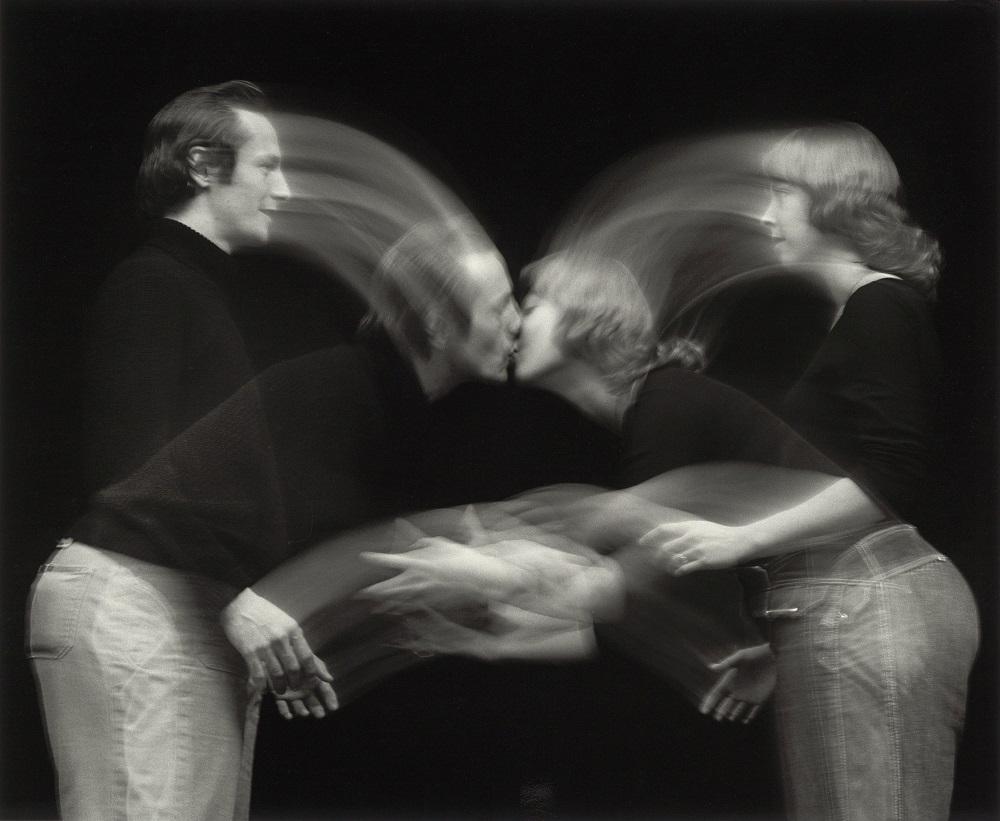
The occurrence of physical motion — a usually intangible concept — is literally illustrated through Phillip Leonian’s “Untitled #20” from the series Mini Cine. Created in 1973 using inkjet print, this work attempts to encapsulate time with a single photograph. The blurry motions leading to a man and woman’s still embrace are depicted through swift and swirling lines detailing hands, faces, and bodies. While most pictures capture a lone moment, this work captures moments leading up to a still moment.
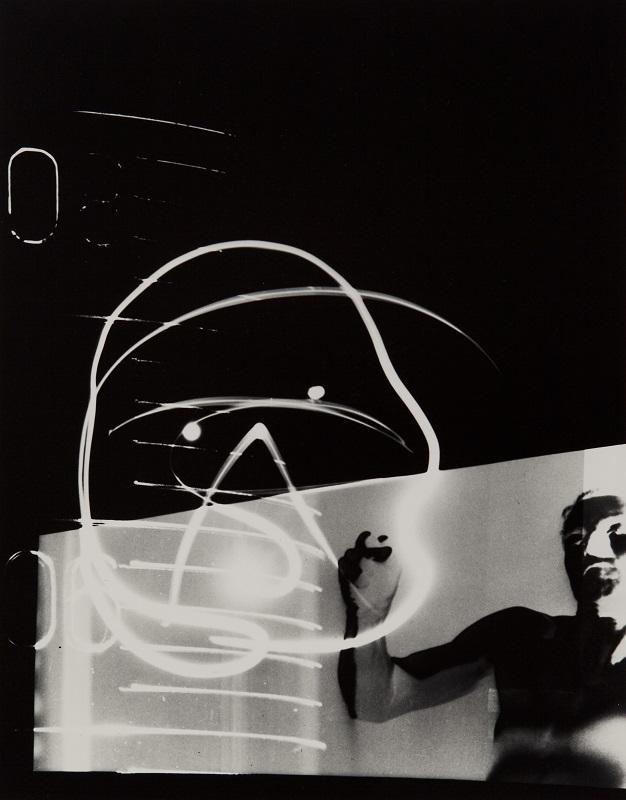
Barbara Brooks Morgan’s 1967 gelatin silver print work “Artificial Life” from the Laboratory serves to capture a historic moment in science through photography. This picture highlights the significance of photography — important societal developments have been recorded through photography and influence historical records through the creation of documentaries, telescopes, and various medical instruments. Without photography and related, successive technology, physical development and societal enhancement would not be as groundbreaking as they are today.
The Museum of Photographic Arts is located in Balboa Park in San Diego. The exhibition “Illusion: The Magic of Motion” and all related works discussed in this article are available for virtual viewing at https://mopa.org/exhibitions/motion/ until May 16, 2021. For more information about the Museum of Photographic Arts and to stay updated on exhibitions and current events, visit https://mopa.org.
Images courtesy of the Museum of Photographic Arts.
Featured Image: Harold Eugene Edgerton’s “.30 Bullet Piercing an Apple” (1964)


